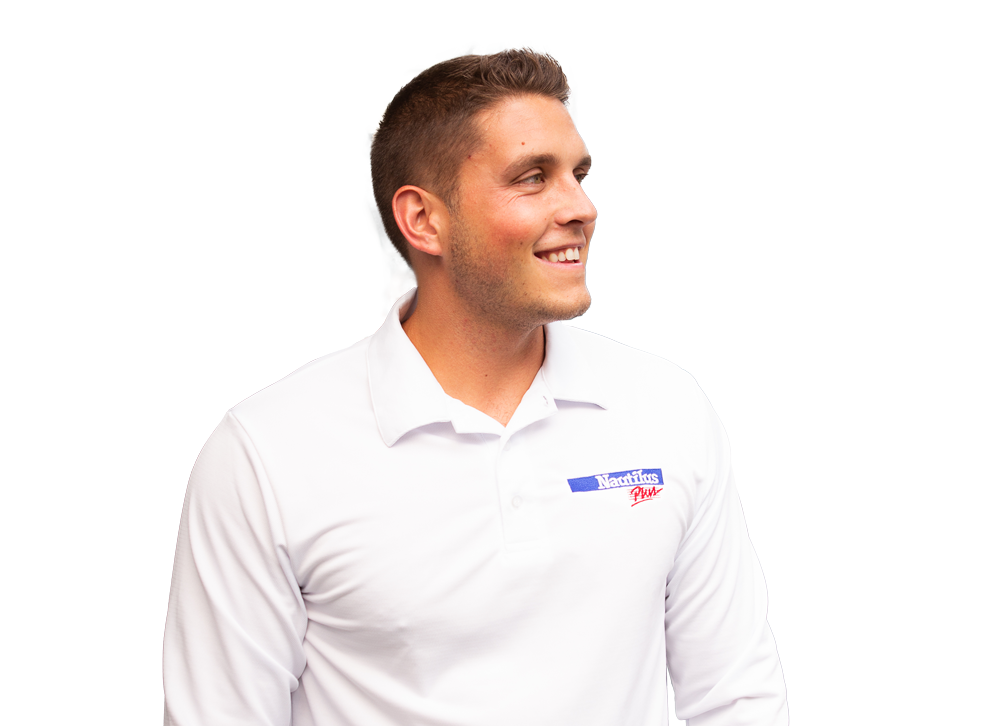
Have you ever experienced back pain? If so, you’re in the majority. According to Statistics Canada, four out of five adults will experience a period of back pain in their lifetime. This pain can range from moderate to severe and is sure to reduce your quality of life.
Although chronic pain can be difficult to diagnose and treat, it’s not that difficult to prevent. Although some pain is due to injury and requires specific treatment, it is possible to keep your back in good health and prevent back pain in the first place!
1.Stick to a training program
This advice may seem too general, but physical activity is directly associated with a positive protective effect against back pain[1]. Whatever the program, keep active! Whether it’s strengthening muscles, improving flexibility, relaxing, or reducing the amount of time spent sitting, regular physical activity seems to prevent back pain. On the other hand, excessive training and poorly calculated progress can have the opposite effect. It is therefore advisable to have a structured plan adapted to your individual capacity.
2.Evaluate your daily posture at work
Your posture at work is probably the position in which you spend the most time. Take the time to evaluate it. Certain positions held for long periods lead to a loss of flexibility or muscle strength. And it’s these imbalances that can lead to pain. For example, sitting cross-legged for hours on end, day after day, can contribute to poor pelvic positioning. This can cause discomfort in the lower back, due to the constant tilt of the spine.
3.Evaluate your sleeping position
The 2nd position in which you spend the most time over a 24-hour cycle is the one you adopt for sleeping. Did you know that a poor sleeping position can cause the same problems as a poor working position? Some positions don’t allow your muscles to relax completely, which can lead to uncomfortable tension over time. For example, sleeping on your stomach causes your back to hyperextend. If you don’t move for 7 to 9 hours, your muscles in the lumbar region remain shortened and tense during this period. So, chances are you won’t feel very limber in the morning!
Ideally, you should sleep on your back, with a little neck support to allow your whole body to relax. Does sleeping on your back seem impossible? Of course, there’s the alternative of sleeping on your side, but supporting your neck, arm, and leg with pillows to keep your spine in its natural position (no twisting or tilting). Did you know that your kinesiologist can also advise you on your sleeping position, offering you a tailor-made solution? Don’t hesitate to ask!
4.Assess your general posture
For the same reasons as a poor working or sleeping position, a significant postural imbalance can increase your risk of back pain. For example, a posture with shoulders and torso slumped forward puts direct stress on the cervical and thoracic parts of your spine. On the other hand, if your pelvis is tilted too far forward, your lumbar muscles and hip flexors will be under constant strain (much like sleeping on your stomach), which can lead to putting excess tension on your hamstrings and an inability to properly engage your glutes when needed. Ultimately, it’s a bit like your muscles fighting each other when they’re off balance!
These postural imbalances can be corrected or minimized with the right combination of strengthening and stretching exercises. If we take the example of an over-tilted pelvis, stretching the hip flexors (such as a low lunge) and lumbar muscles (such as the infant’s position) combined with strengthening the glutes (such as the bridge) can help correct the problem and perhaps even relieve pain straight away. Not sure how to assess your posture or which exercises to choose… guess what my recommendation is? 😉
5.Integrate specific exercises for core strengthening
According to Wen-Dien Chang, Associate Professor and Chairman of the Department of Sports Performance at the National Taiwan University, et al.[2], specific training of overall core strength has a greater effect in reducing back pain than general training. Although classic abdominal exercises can help, the focus here is on training the deep muscles responsible for effective growth and strengthening. A good workout not only trains the whole abdominal chain (transverse, rectus, and obliques) and the muscles of the lumbar region, but also muscles of lesser-known importance, such as the various gluteal muscles (small, medium, and large).
Ideally, the exercises chosen will aim to create a form of instability to stimulate deep control of these muscles. An example of a highly effective exercise is to start by performing a side plank. Want more suggestions? Make sure you’re subscribed to the Nautilus Plus blog for my next article on 5 exercises for a stronger, healthier back.
In conclusion, move, move, move! While muscular aches and pains often prompt us to stop and/or avoid moving, being active on a regular basis and integrating a varied exercise routine is the best solution for preventing the onset of back pain and, I must say… many other ailments! The advice given here is simple to understand and effective when properly applied. However, many of these adjustments require a certain knowledge of the human body and its subject matter. If you want to apply these tips in the best possible way to maximize the protective effect on your back health, consult a kinesiologist.
[1] The relationship between Sedentary Behavior, Back pain and psychological correlates among university employees
[2] Core strength training for patients with chronic low back pain, Wen-Dien Chang et al. J Phys Ther Sci.2015 Mar
5 tips to avoid back pain is a post from Nautilus Plus. The Nautilus Plus blog aims to help people in their journey to fitness through articles on training, nutrition, motivation, exercise and healthy recipes.
Copyright © Nautilus Plus 2024

A session with a personal trainer will help you to progress!

Let's determine your fitness goals together and get some expert advice!
Make an appointment with a personal trainer

